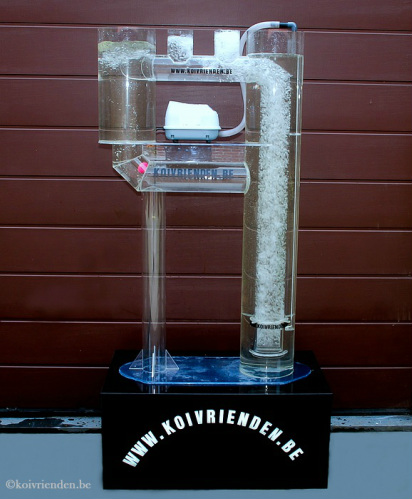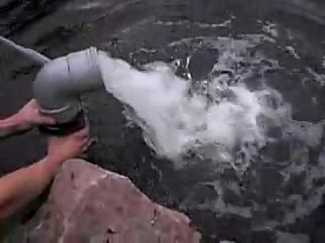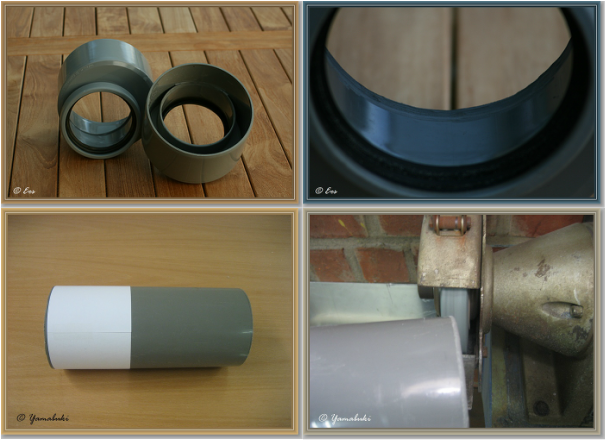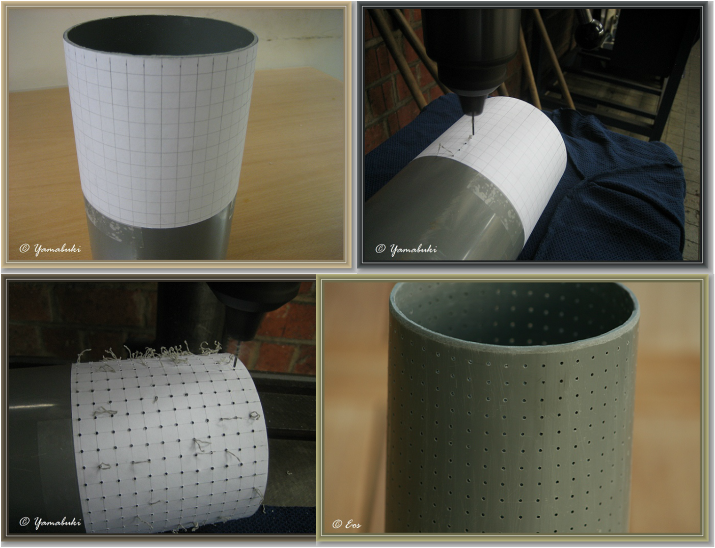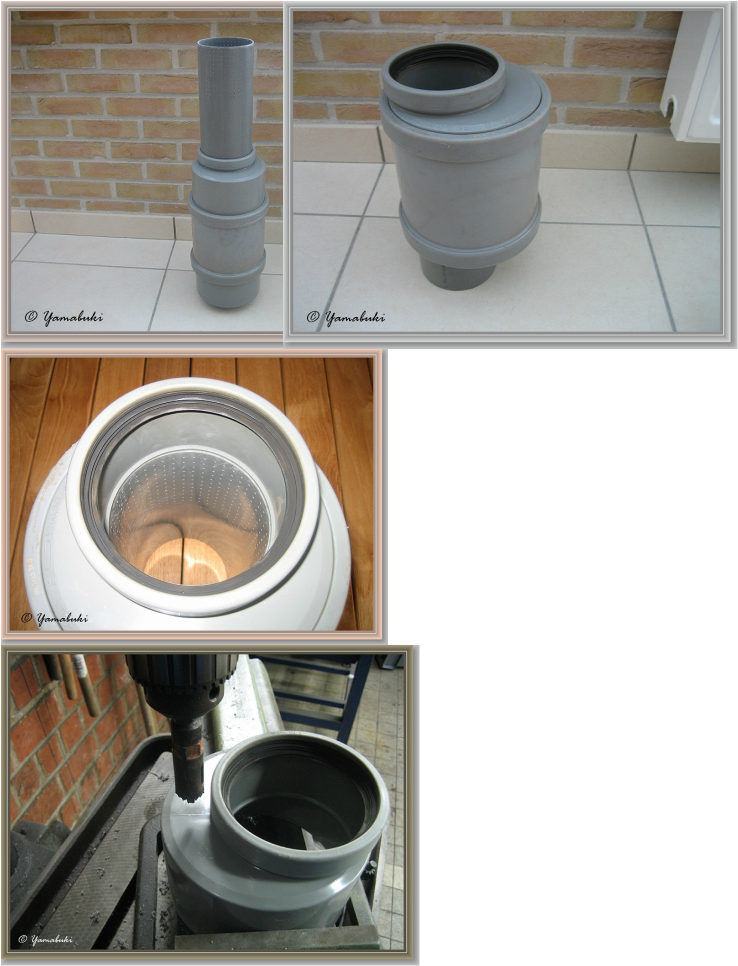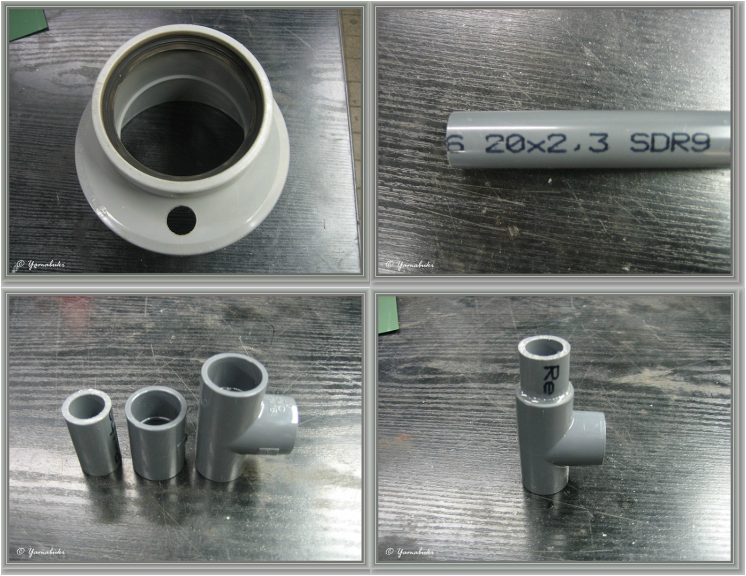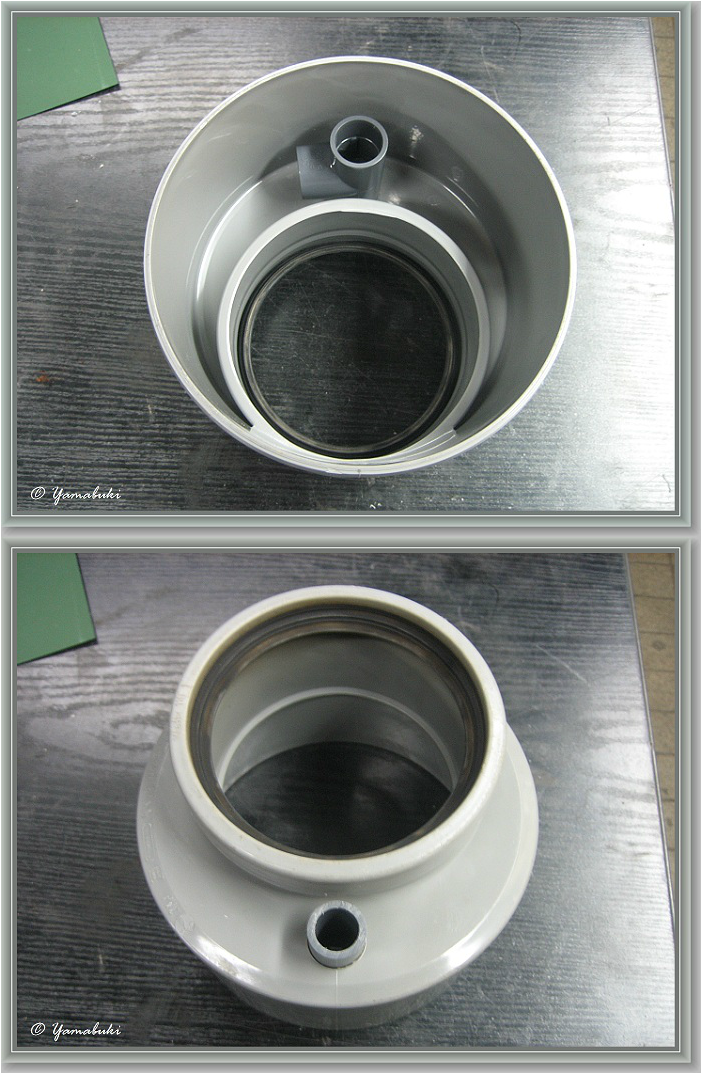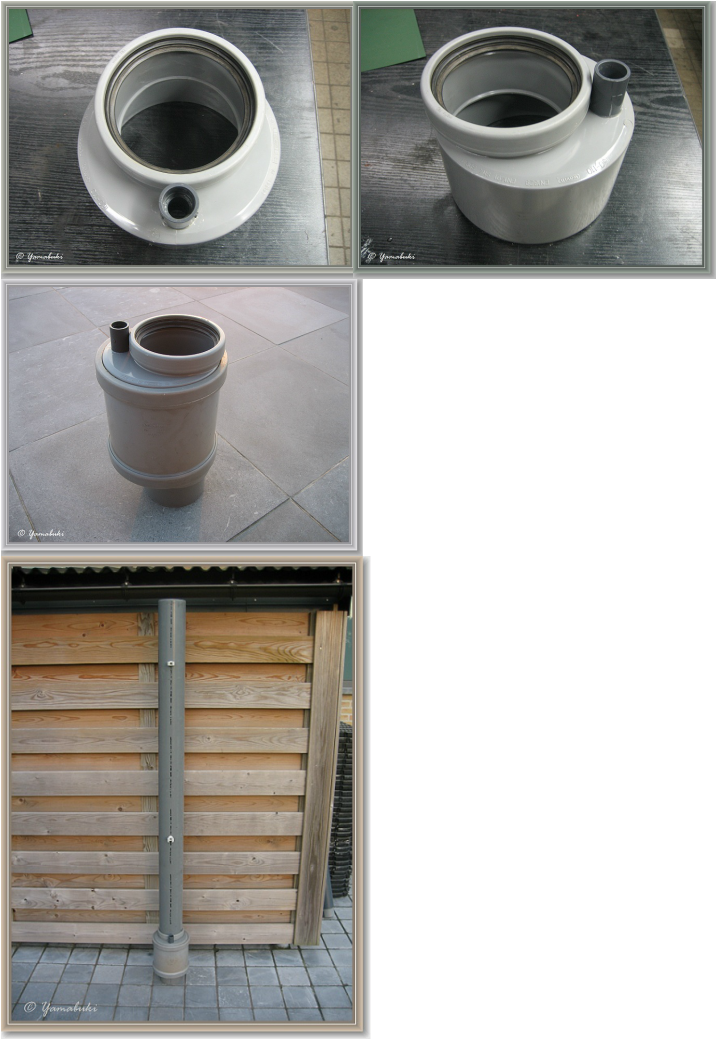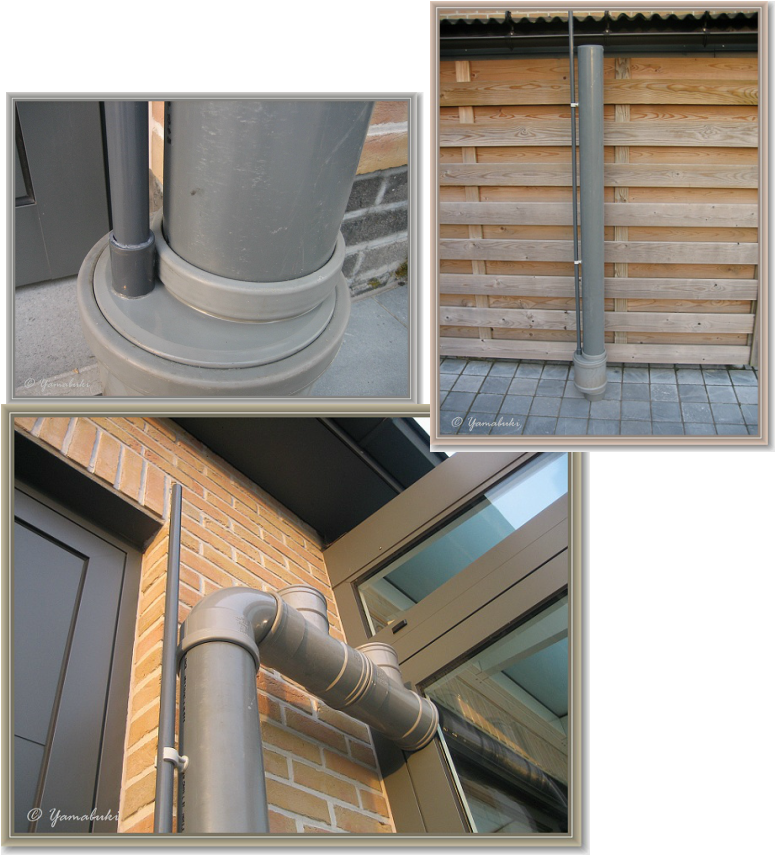Airlift. (info from Koivrienden.com and http://users.telenet.be/airlift/)
Below is an example of the endresult.
I will explain how to build one. just scroll down.
What is an airlift?
An airlift is, as the name suggests, moving (lifting) of water by air. Air bubbles rise up in the water and thereby displace the water. Ie the bubbles push the water up.
Can I build my own airlift?
In contrast to a normal pump, an airlift can be made perfectly and simple. All you need is a few pieces PVC, air pump, some air hose and a drill. For optimal operation of an airlift a few pointers should be noted.
• depth: For optimum performance, an airlift riser should be between 1.5 and 2 meters deep (but as little as 50cm will work)
• hight above pondwater level: preferably as small as possible, around 20 cm is the maximum.
• amount of air: this must be determined experimentally.
Water displacement that can be reached using airlift?
Using a 40 watts air pump, around 18m ³ water is pumped per hour. Comparing that with an efficient pond pump this is a huge saving on the electricity and the acquisition cost. For example, the highly efficient Red Devil II 170 Watt, also pumps about 18m ³ / h. This is a cost saving of over 75%, on top of the large difference in purchase costs.
On the last Holland Koi Show (2012) the Belgian koivrienden have shown a beautiful airlift setup.
They had successfully put a filter on ponds with airlift completely gravity fed through an airsieve. Using only 10 watts around 12m3 water was pumped. (Yamabuki thanks for your explanation, again!)
Can I build my own airlift?
In contrast to a normal pump, an airlift can be made perfectly and simple. All you need is a few pieces PVC, air pump, some air hose and a drill. For optimal operation of an airlift a few pointers should be noted.
• depth: For optimum performance, an airlift riser should be between 1.5 and 2 meters deep (but as little as 50cm will work)
• hight above pondwater level: preferably as small as possible, around 20 cm is the maximum.
• amount of air: this must be determined experimentally.
Water displacement that can be reached using airlift?
Using a 40 watts air pump, around 18m ³ water is pumped per hour. Comparing that with an efficient pond pump this is a huge saving on the electricity and the acquisition cost. For example, the highly efficient Red Devil II 170 Watt, also pumps about 18m ³ / h. This is a cost saving of over 75%, on top of the large difference in purchase costs.
On the last Holland Koi Show (2012) the Belgian koivrienden have shown a beautiful airlift setup.
They had successfully put a filter on ponds with airlift completely gravity fed through an airsieve. Using only 10 watts around 12m3 water was pumped. (Yamabuki thanks for your explanation, again!)
More info on the capacity and the different designs can be found on these (mostly dutch) websites.
http://users.telenet.be/airlift/
On the forum of our Belgian koi friends are good examples to be found of koi ponds run completely by airlift. http://www.koivrienden.be/phpBB/viewtopic.php?t=7050
So how to make one yourself!
http://users.telenet.be/airlift/
On the forum of our Belgian koi friends are good examples to be found of koi ponds run completely by airlift. http://www.koivrienden.be/phpBB/viewtopic.php?t=7050
So how to make one yourself!
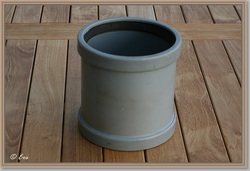
I got the pictures from the belgian forum where they were put there by Yamabuki.
What do you need to make a 110mm airlift;
1 sleeve 125mm, 2 connectors 110mm to 125mm
from one of the connectors the edge has to be removed so a 110mm tube can slide through.
Next is the inner 110mm air diffuser tube. this is nothing more than a piece of tubing with a lot of holes. A piece of paper can be used to accurately cut of a piece of tubing in a straight manner.
What do you need to make a 110mm airlift;
1 sleeve 125mm, 2 connectors 110mm to 125mm
from one of the connectors the edge has to be removed so a 110mm tube can slide through.
Next is the inner 110mm air diffuser tube. this is nothing more than a piece of tubing with a lot of holes. A piece of paper can be used to accurately cut of a piece of tubing in a straight manner.
